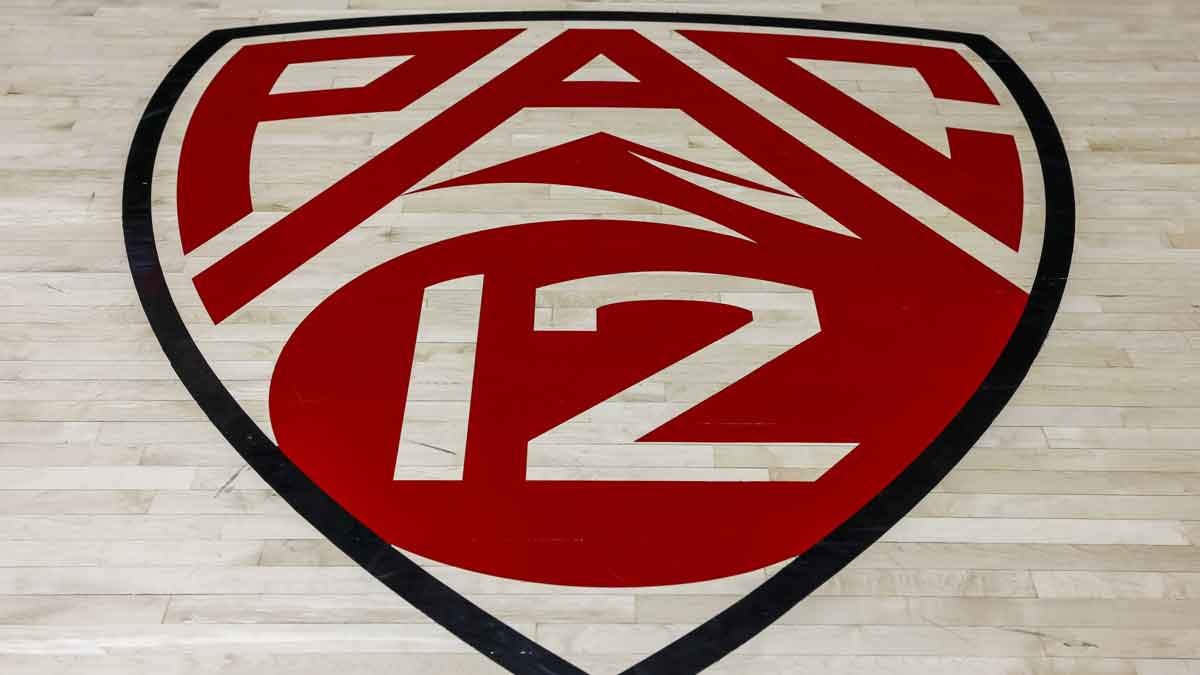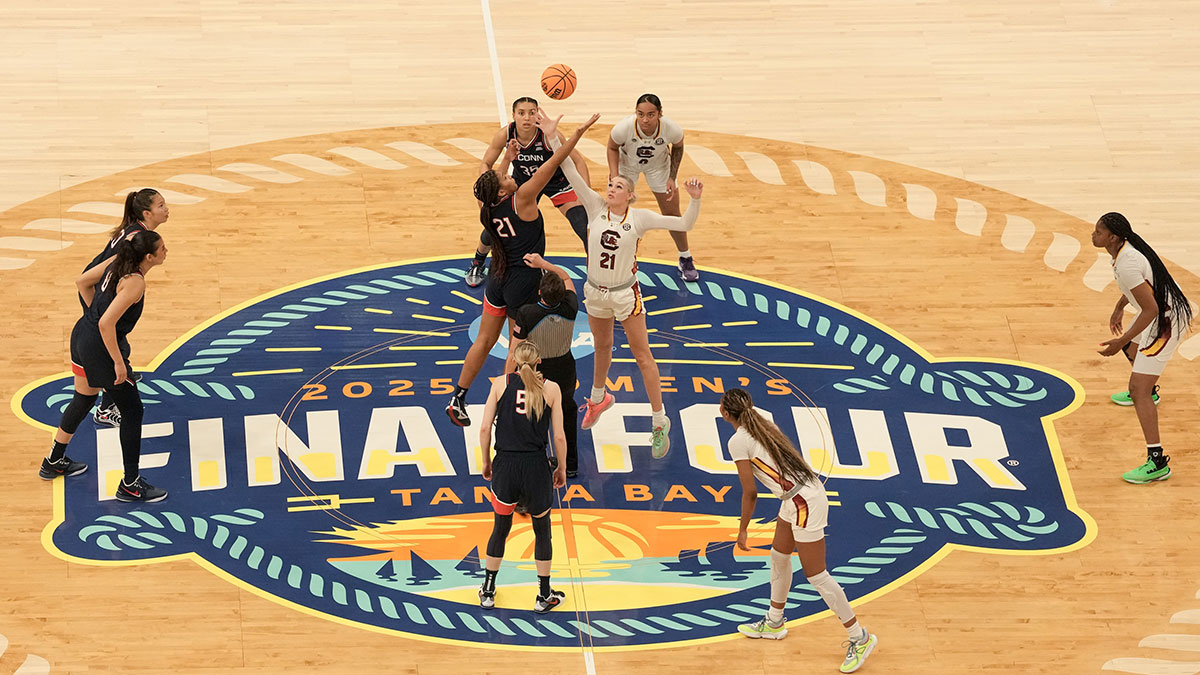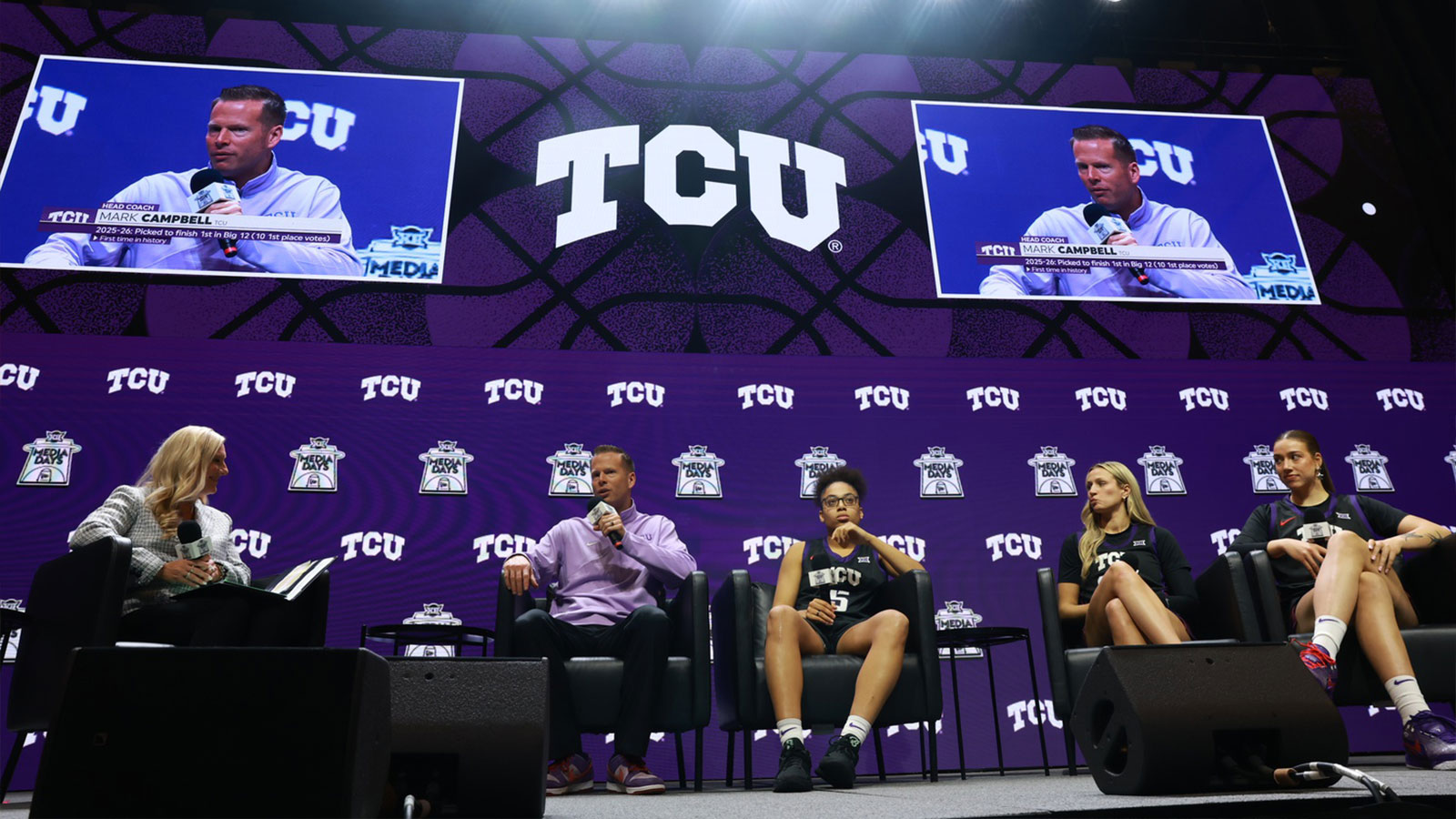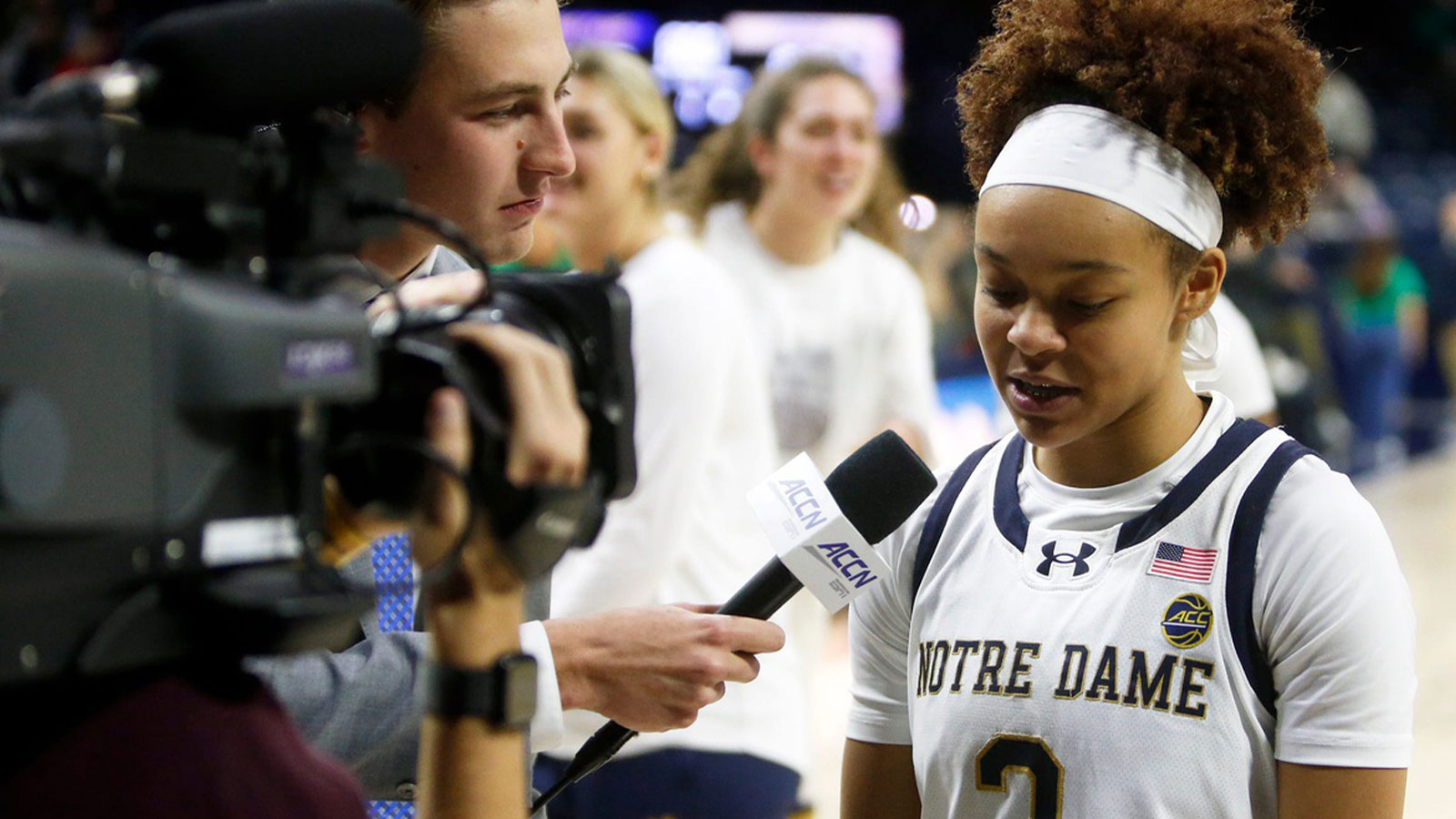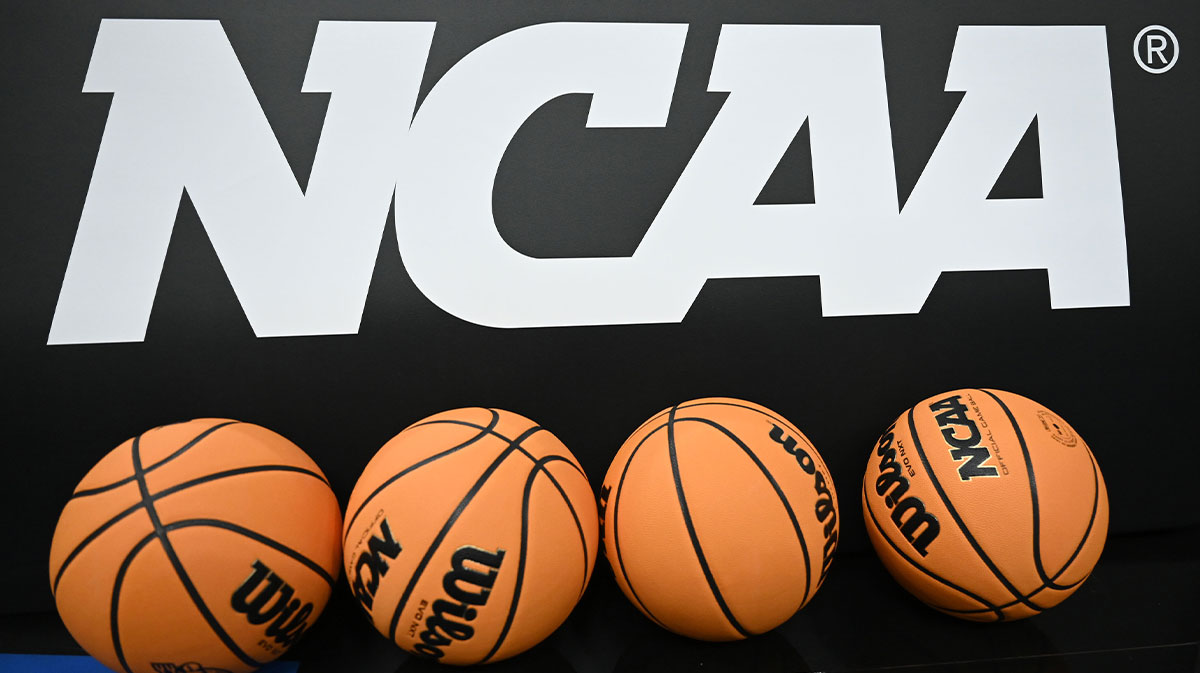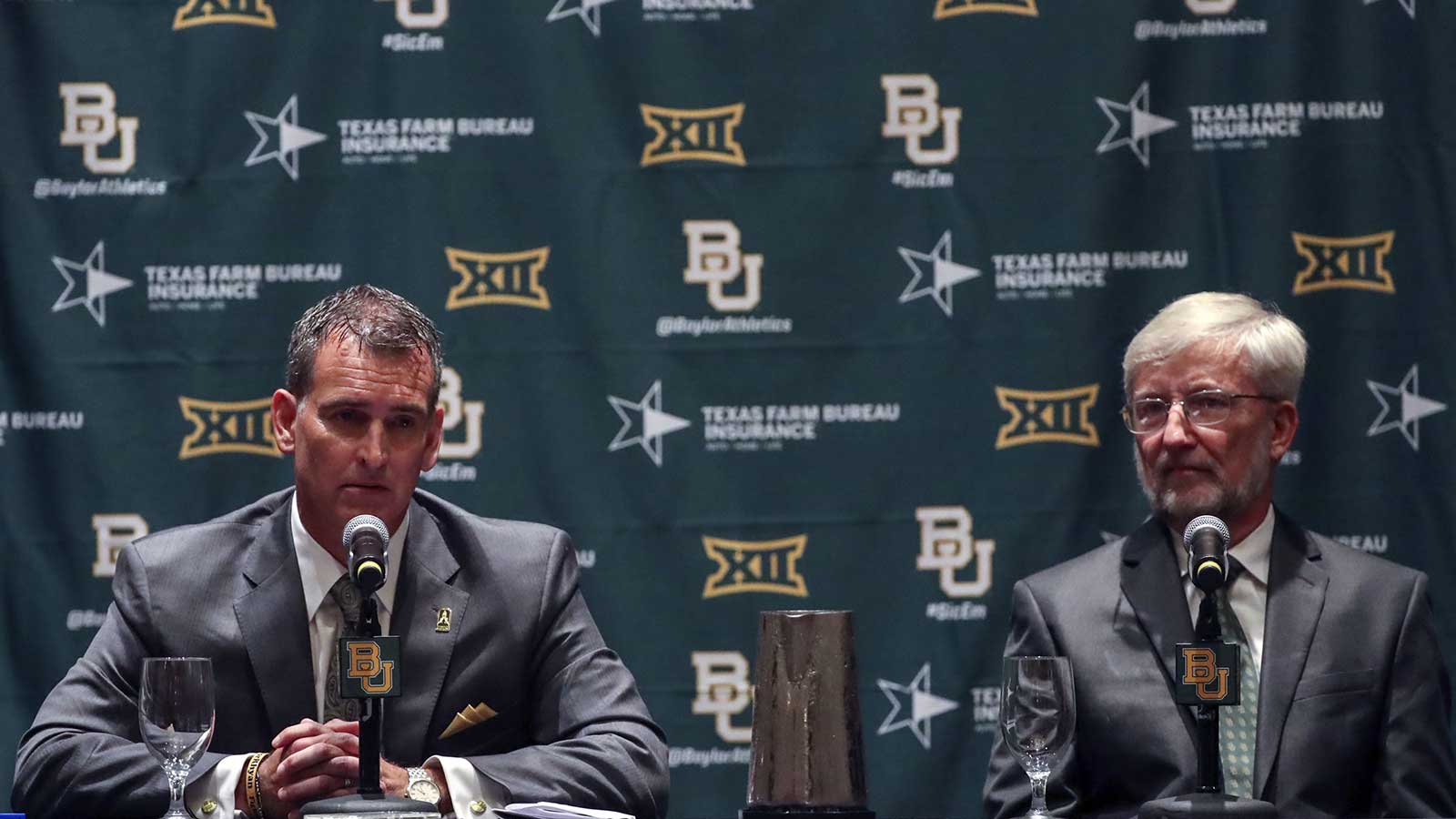The NCAA landscape is shifting once again, and Texas State football is at the center of the latest NCAA football conference realignment. According to multiple reports, including ESPN’s Pete Thamel, the Bobcats have officially informed the Sun Belt Conference of its intent to join the Pac-12 Conference, with plans to finalize the move by Monday.
ESPN’s Pete Thamel reported the news on X, formerly known as Twitter, detailing where things stand in the process.
“Sources: Texas State is amid the final steps of accepting an invitation to the Pac-12, as it has initiated the process of calling a board meeting for Monday to execute the acceptance. Texas State began alerting Sun Belt officials of its formal offer and plans to accept.”
This move, part of a broader NCAA conference shakeup, would take effect in the 2026–27 academic year, marking the Bobcats’ third conference since transitioning to the FBS level in 2012. It also solidifies Pac-12 expansion plans, as the conference rebuilds after a series of high-profile exits in recent years.
For the Pac-12, the addition of Texas State offers critical benefits. The Bobcats would be the eighth football-playing member, allowing the league to maintain its FBS status. Just as importantly, the move plants the Pac-12 flag in the football-rich state of Texas—a strategic expansion for recruiting and media reach.
From Texas State’s perspective, the timing is crucial. Their exit fee from the Sun Belt Conference is set to double from $5 million to $10 million after July 1st, making the decision to accept the Pac-12’s invitation before that deadline financially essential. A special Board of Regents meeting has been scheduled for Monday to formalize the transition.
Athletically, the Bobcats are trending upward. Under head coach G.J. Kinne, they’ve posted back-to-back 8-5 seasons, including bowl victories, raising their national profile. Joining the Pac-12 Conference could bring increased revenue, enhanced recruiting potential, and greater exposure through national broadcasts and marquee matchups.
Of course, challenges remain. Travel costs and scheduling logistics will become more complex for Texas State, as they prepare to compete regularly against West Coast opponents like Oregon State, San Diego State, and Utah State. But for a program looking to elevate its brand, the benefits outweigh the burdens.
As one of the fastest-growing universities in the state, Texas State brings a student body of over 40,000 and a prime location between Austin and San Antonio. Its addition could be the spark the Pac-12 expansion effort needs to regain national relevance.
All eyes now turn to Monday’s board meeting. If finalized, this move will reshape the Group of Five landscape and signal that college football realignment is far from over.

